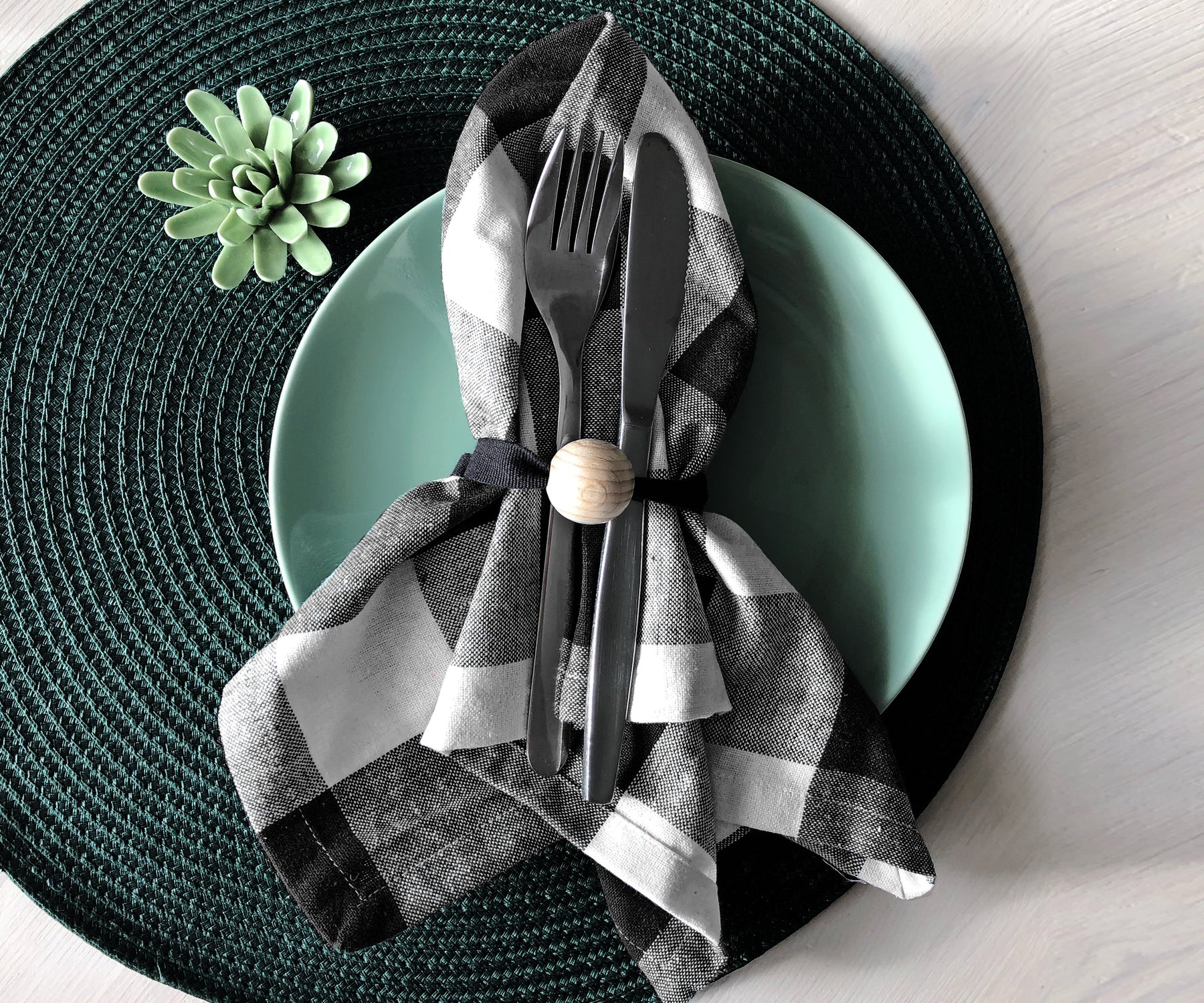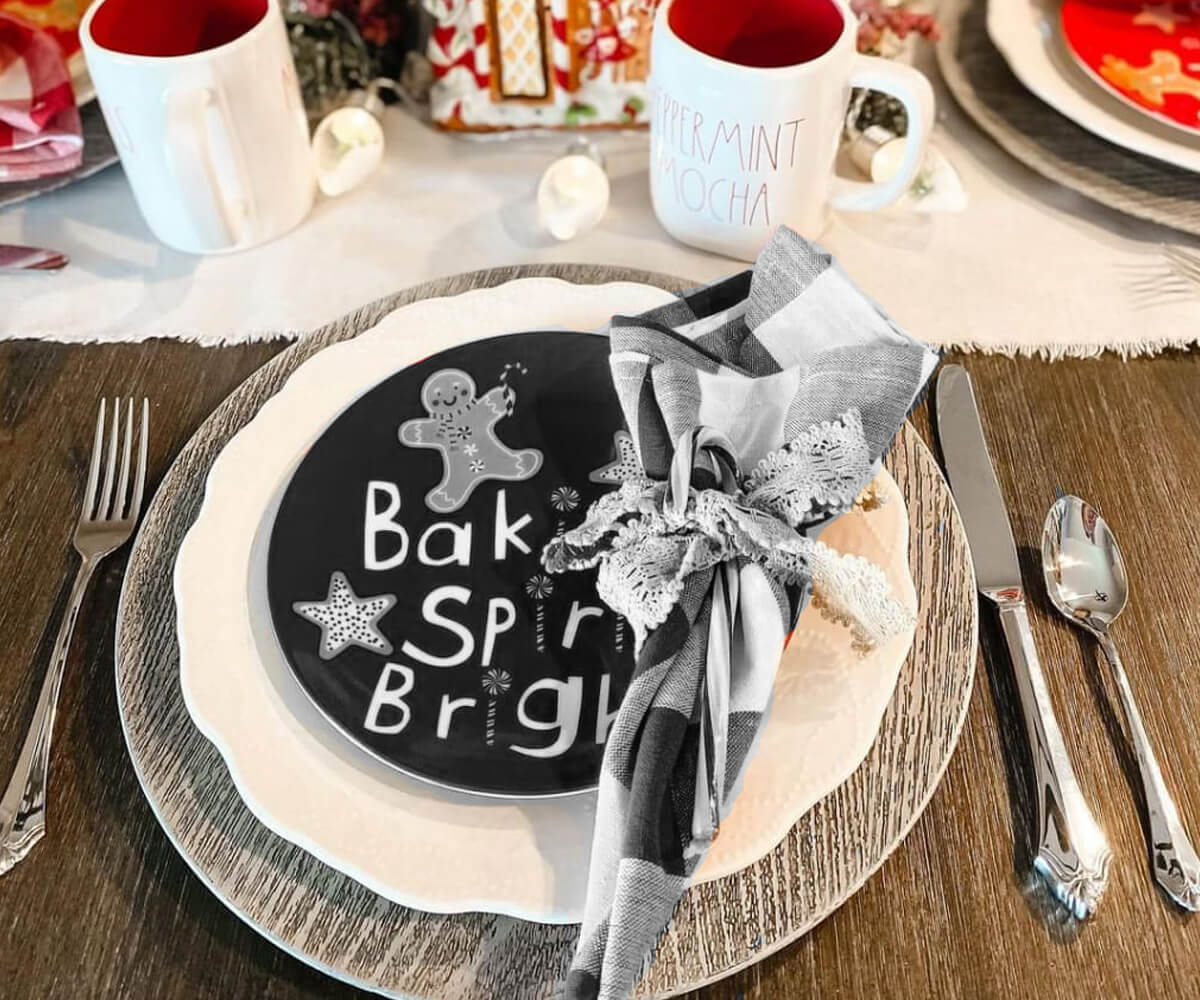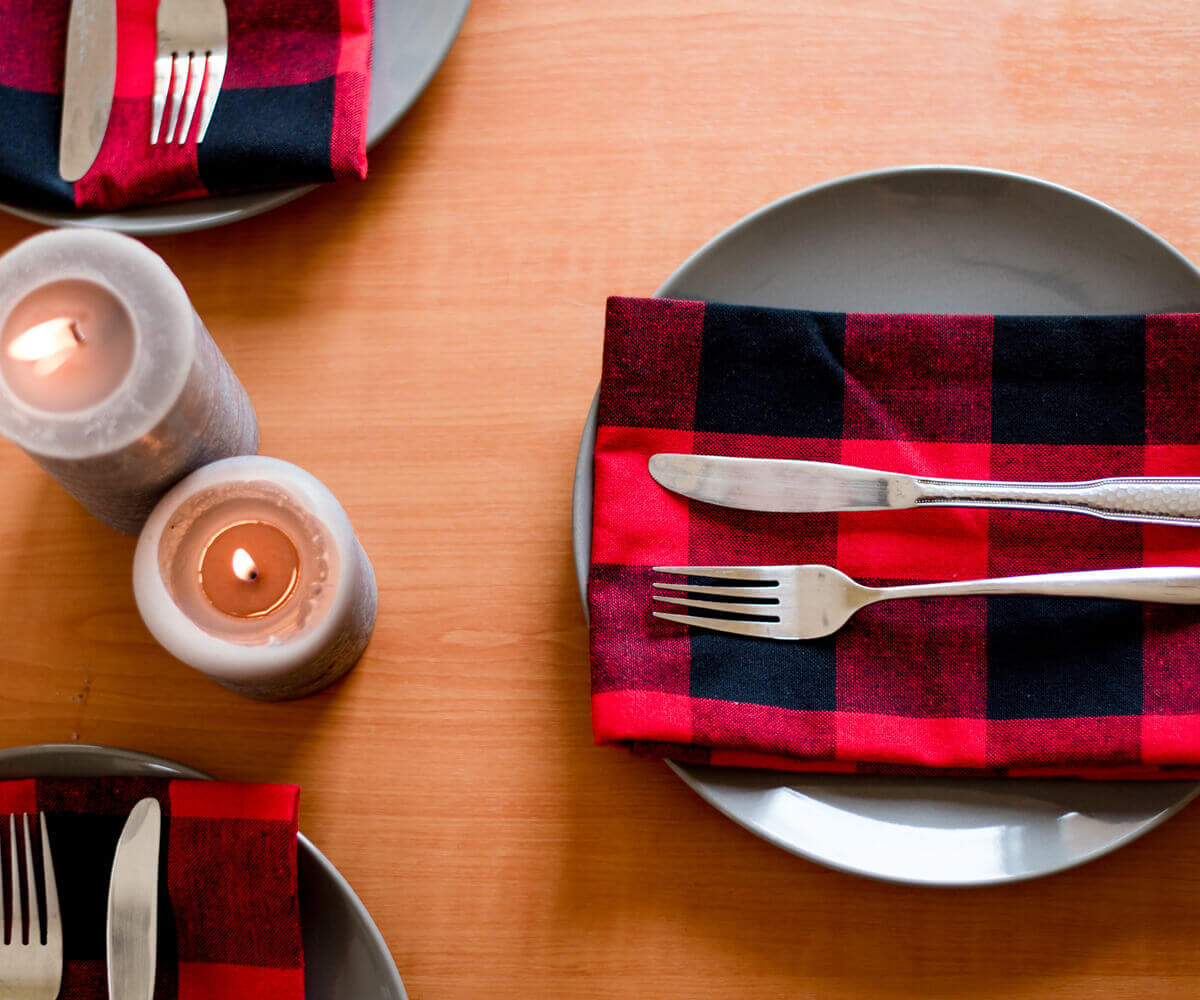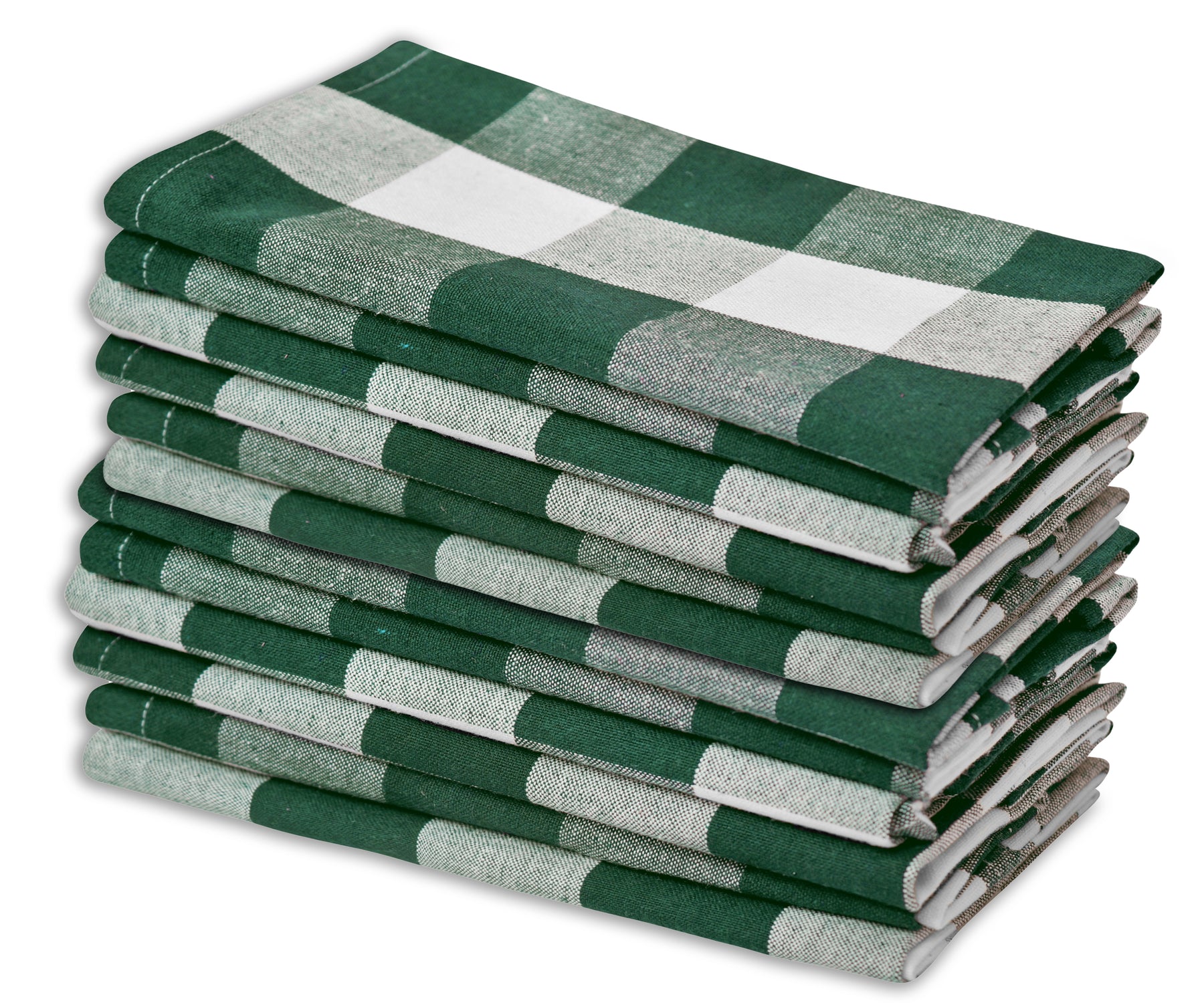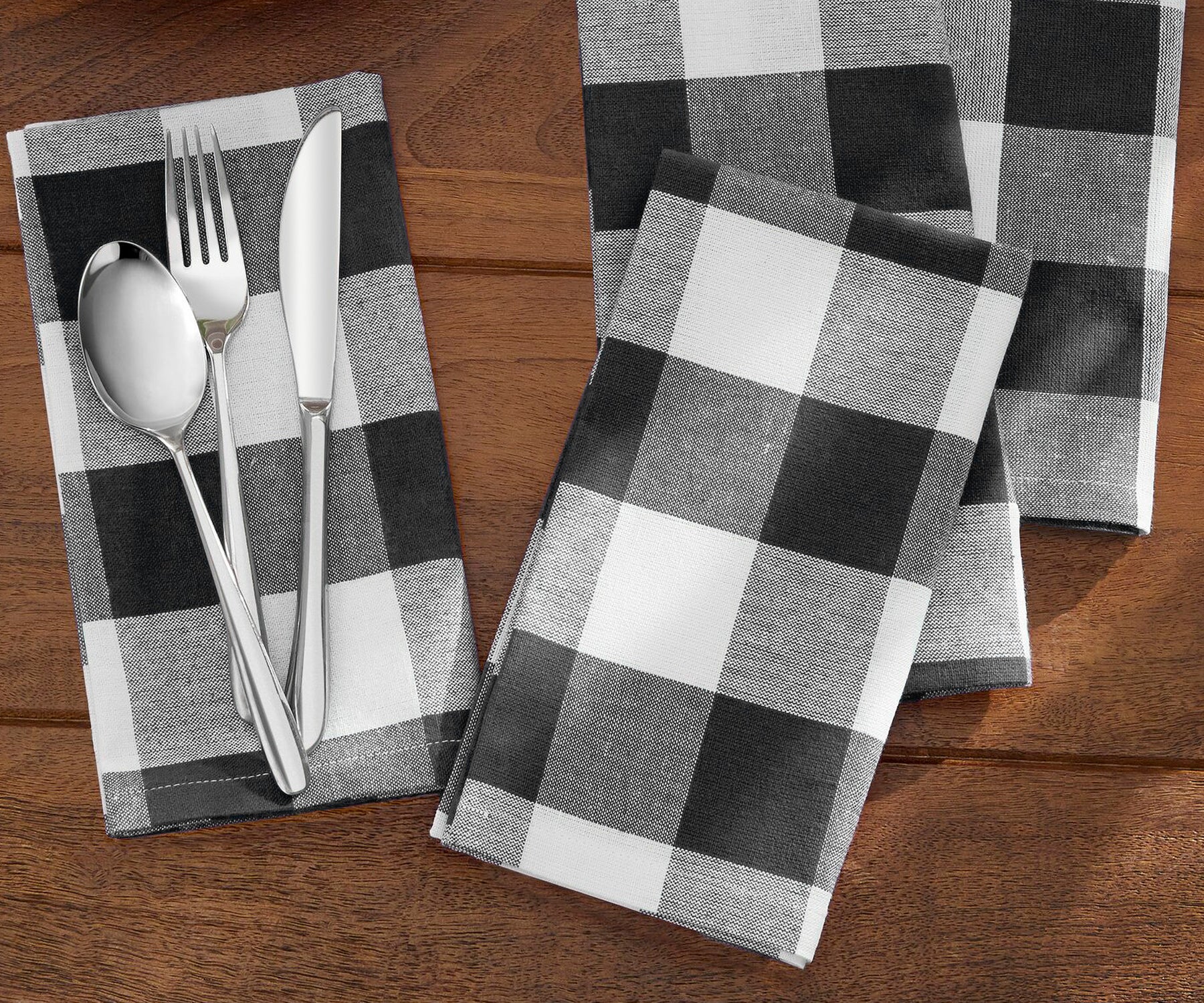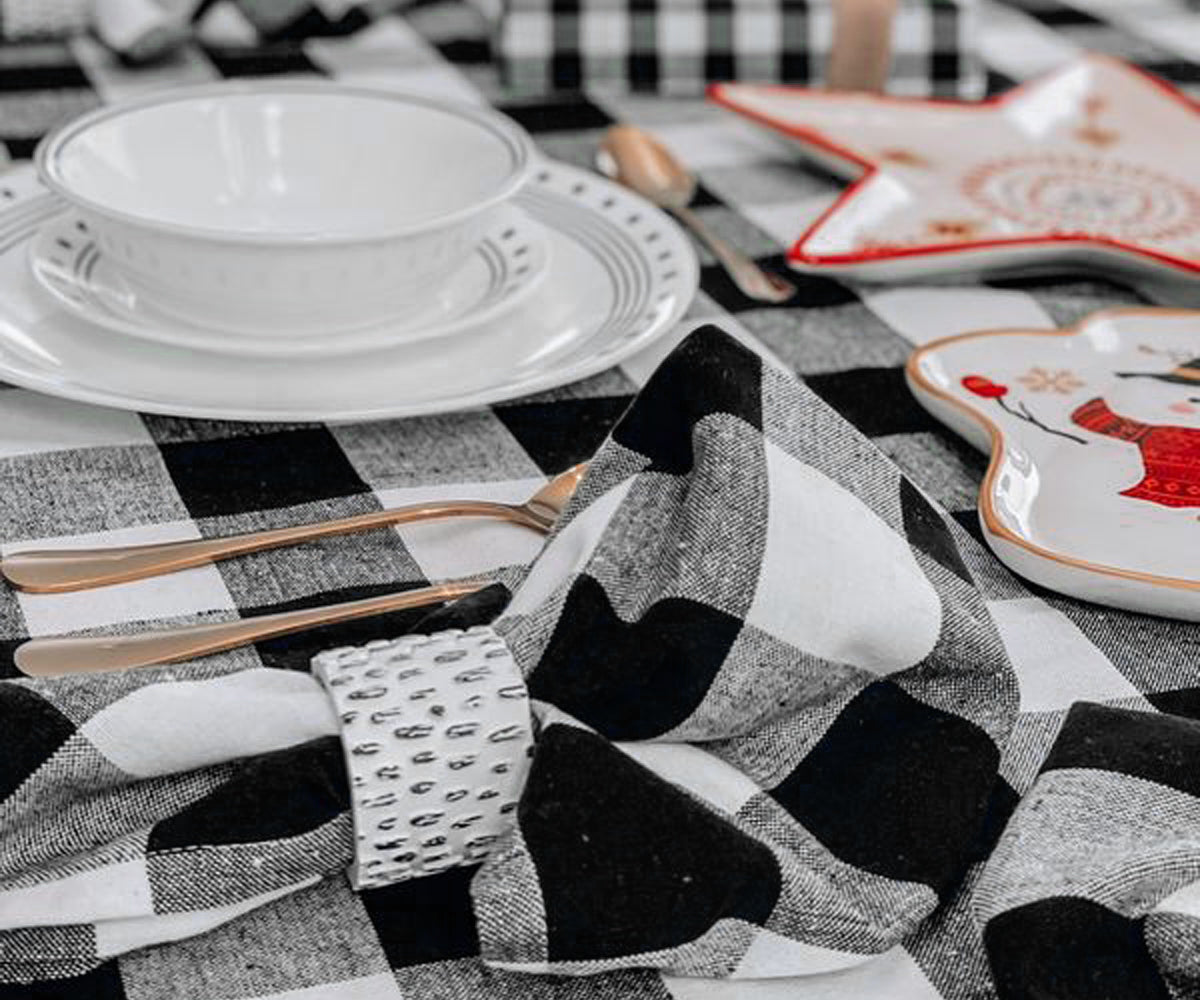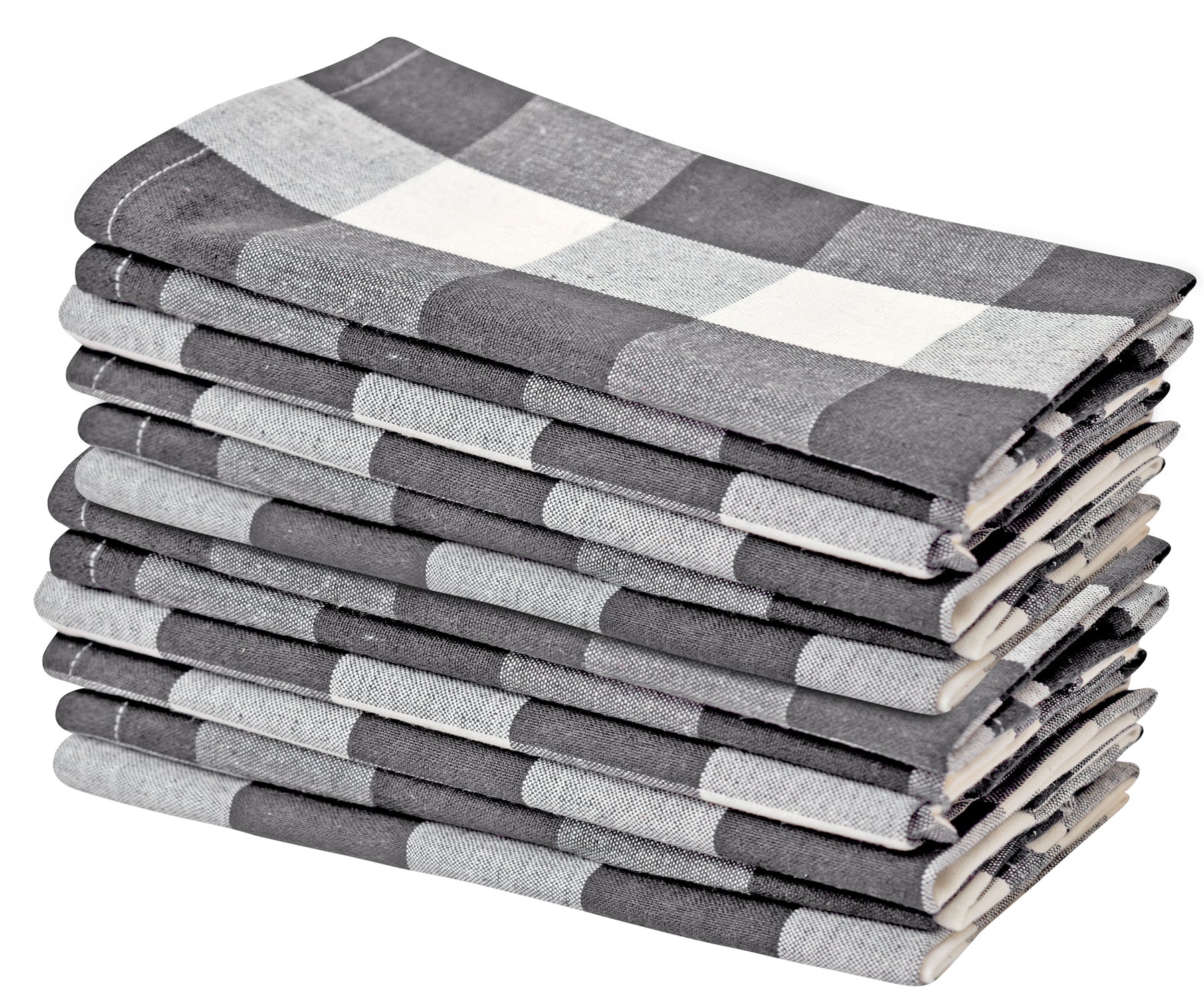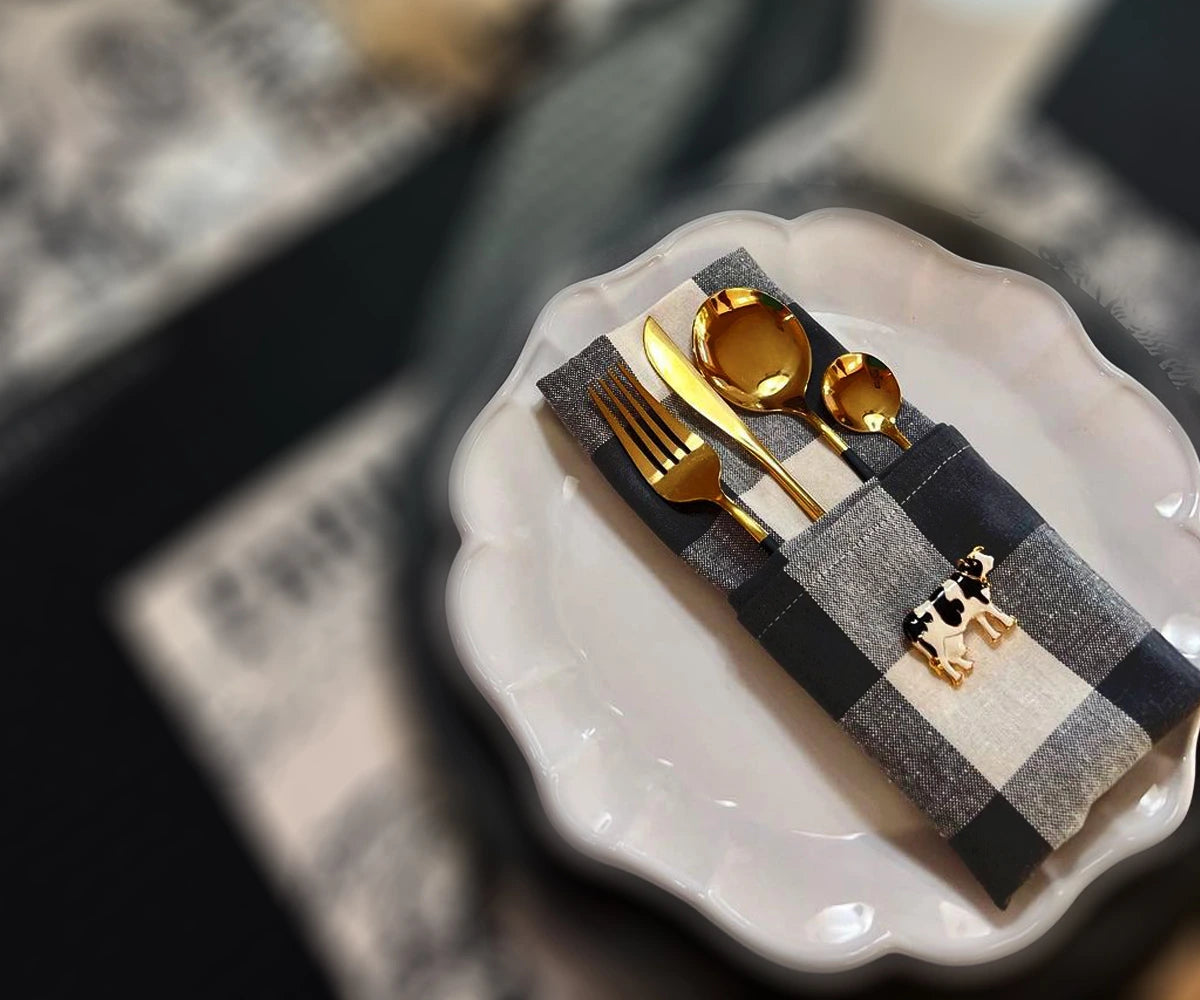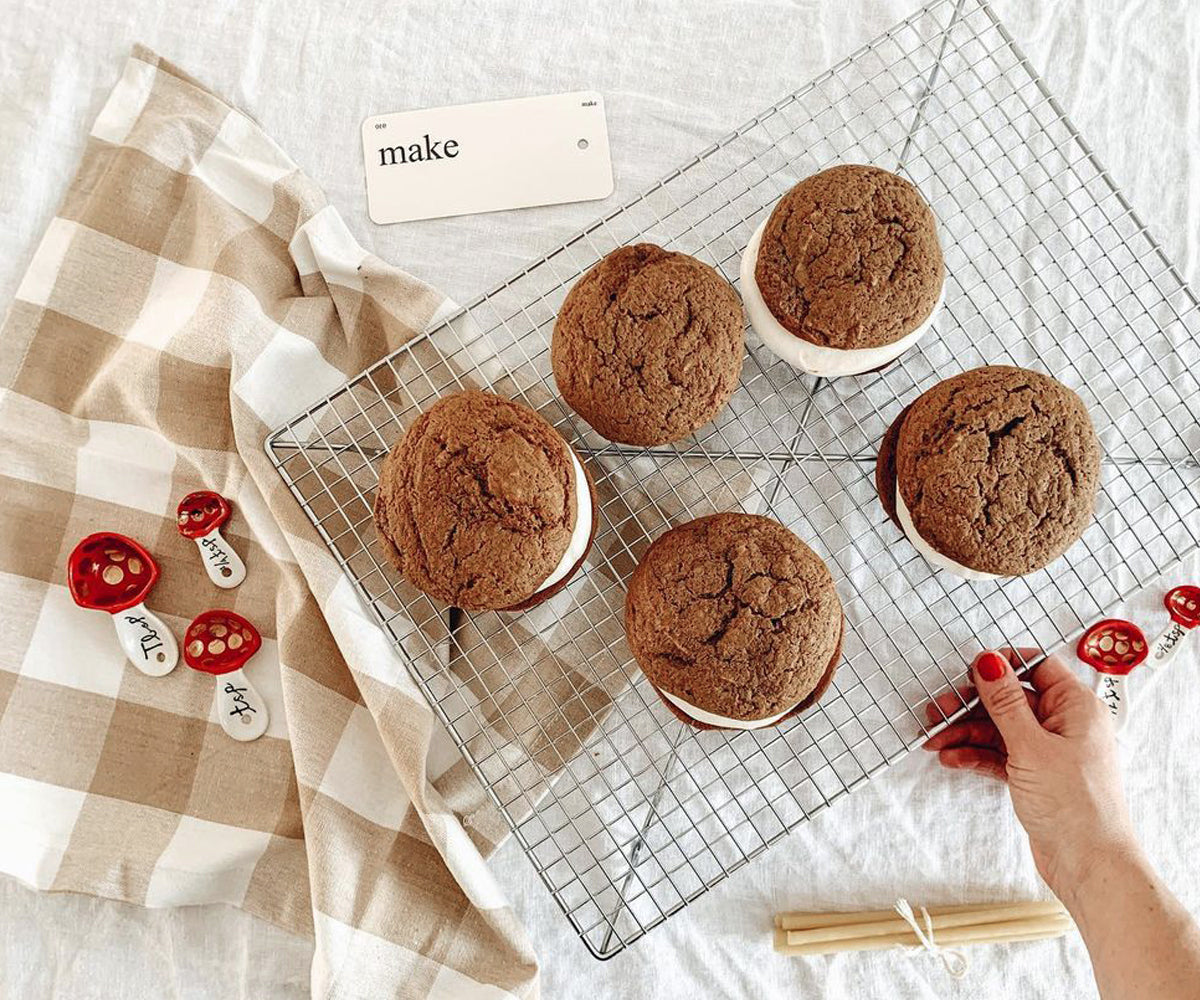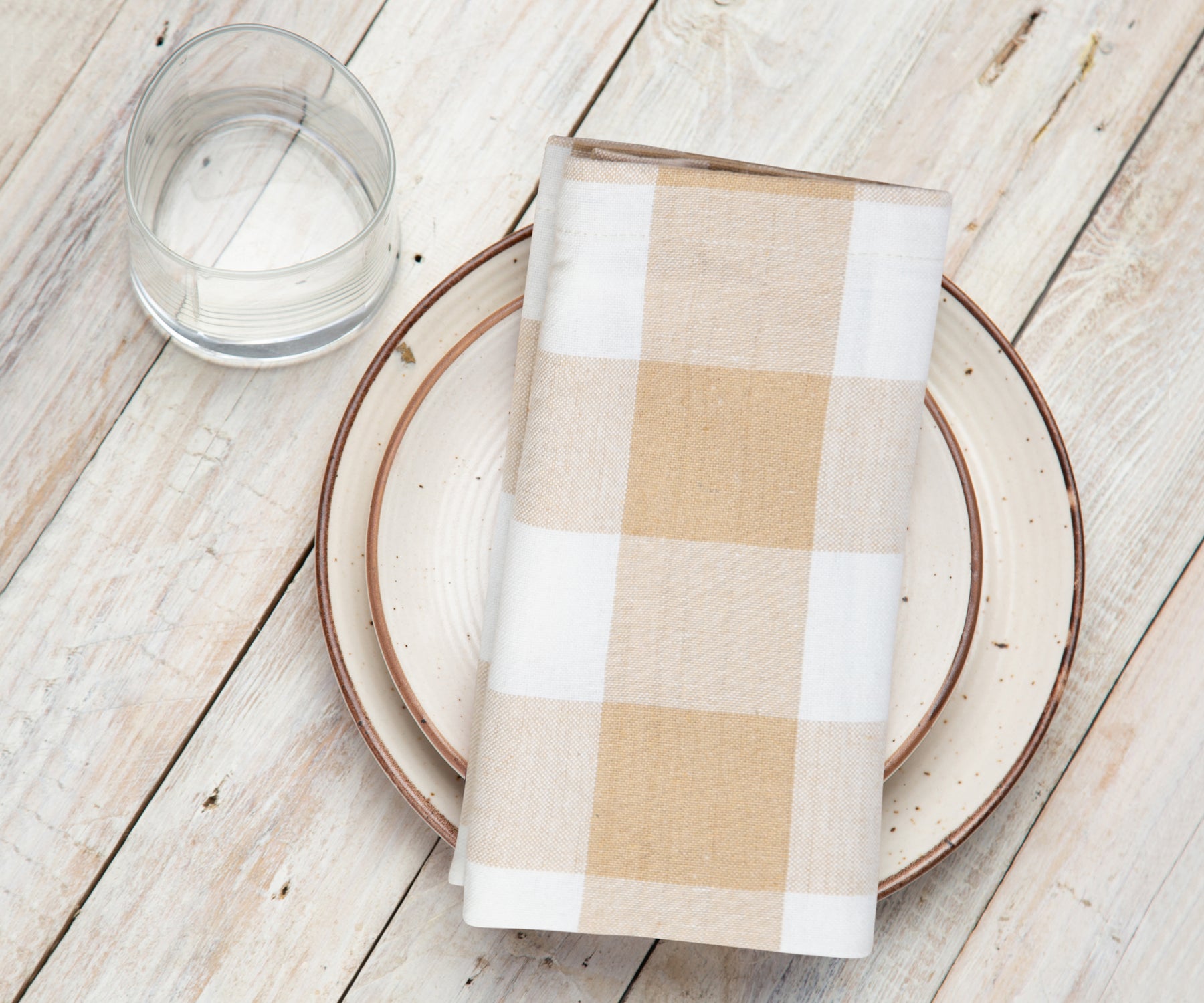Why You Need DIY Eclipse Glasses
Understanding the Need for Special Glasses
When observing a solar eclipse, the sunlight is much more intense than during ordinary daytime. Ordinary sunglasses, no matter how dark, are not designed to filter out the harmful rays of the sun. These rays can cause permanent damage to your eyes, including blindness. Special eclipse glasses are designed with filters that block out these dangerous rays, making it safe to view the eclipse directly.
Key Features of Eclipse Glasses
Eclipse glasses use materials such as aluminized mylar or specially coated optical glass to ensure that the sun’s harmful rays are completely blocked out. They meet the ISO 12312-2 international safety standard, which ensures that they provide adequate protection during solar observations.
The Ultimate Guide to Making DIY Eclipse Glasses
Creating your own eclipse glasses at home is a cost-effective and practical solution if you can't find pre-made ones. Follow these steps to make sure your homemade glasses are safe for viewing the eclipse.

Gather Your Materials:
- Aluminized mylar or No. 14 welder’s glass: These materials can be purchased from hardware stores or online and are essential for blocking out harmful solar rays.
- Cardboard or a similar sturdy material: This will be used to create the frame of your glasses.
- Scissors: For cutting the cardboard.
- Tape or glue: To attach the filter material to the cardboard.
Create the Frame:
- Cut the Cardboard: Shape the cardboard into a pair of glasses that will fit comfortably over your eyes. Ensure the shape covers your eyes completely.
- Attach the Filter Material: Secure the aluminized mylar or welder’s glass to the cardboard frame using tape or glue. It’s crucial to ensure that there are no gaps around the edges where sunlight could enter.
Check for Damage:
- Inspect the filter material closely for any scratches, tears, or imperfections. Even minor damage can reduce the effectiveness of the glasses and compromise your eye safety.
Fit and Test:
- Wear the Glasses: Make sure they fit snugly over your eyes without letting light seep in from the sides. Adjust as necessary to ensure a complete and comfortable coverage.
Read More: Holiday Party Etiquette: Do's & Don'ts for Holidays 2024 as a Host
How to Make an DIY Eclipse Viewer from a Cereal Box
A cereal box pinhole projector is an easy and effective way to safely view a solar eclipse. This method is not only fun but also simple to create with items you likely have at home.

Materials Needed:
- An empty cereal box: The box acts as the body of your projector.
- White paper: Used to project the eclipse image onto.
- Aluminum foil: Serves as the filter material.
- Tape: For assembling the viewer.
- Scissors: To cut the box and paper.
- A pin or needle: To create the pinhole.
Prepare the Box:
- Cut the Holes: Make two small holes at one end of the cereal box, each about 1-2 inches in diameter. These holes will help guide the light through the box.
Create the Pinhole:
- Cover and Poke: Cover one of the holes with aluminum foil and tape it securely. Use the pin to create a tiny hole in the foil. This will act as the pinhole projector, where sunlight will pass through and project the eclipse image.
Assemble the Viewer:
- Add the White Paper: Tape a piece of white paper inside the box, directly opposite the pinhole. This paper will display the projected image of the eclipse.
Use Your Viewer:
- Project and View: Point the end of the box with the pinhole away from the sun. Look through the other end to see the eclipse image projected onto the white paper inside the box.
Also Read: DIY Tablecloth Makeovers: Give Your Old Tablecloths a New Lease on Life Unleash Your Inner Designer!
Alternative Methods for Eclipse Viewing
If you don't have aluminized mylar or welder’s glass, there are several other methods to view the eclipse safely.

Pinhole Projector:
- Create a Simple Projector: Using a piece of cardboard or a sheet of paper, make a tiny hole to allow sunlight to pass through and project the eclipse image onto a surface below. This method is effective and requires minimal materials.
Welder’s Glasses:
- Use No. 14 Welder’s Glasses: These glasses provide sufficient protection for viewing a solar eclipse. They are a practical alternative if you can't make eclipse glasses or don't have access to other materials.
Safety Tips for Viewing the Eclipse
Avoid Direct Sunlight:
- Never Look Directly at the Sun: Even for a brief moment, direct exposure can cause severe eye injuries. Always use proper eye protection designed for solar viewing.
Inspect Your Gear:
- Check for Damage: Before using your DIY glasses or viewer, make sure there are no visible damages or imperfections. Damaged equipment can compromise your eye safety.
Supervise Children:
- Ensure Proper Use: Children should be closely supervised to ensure they use eclipse glasses or viewers correctly and avoid accidental exposure to harmful sunlight.
By following these guidelines, you can safely enjoy the awe-inspiring phenomenon of a solar eclipse. Enjoy the eclipse safely with these DIY methods and remember, protecting your eyes is the most important part of watching this incredible event.
























